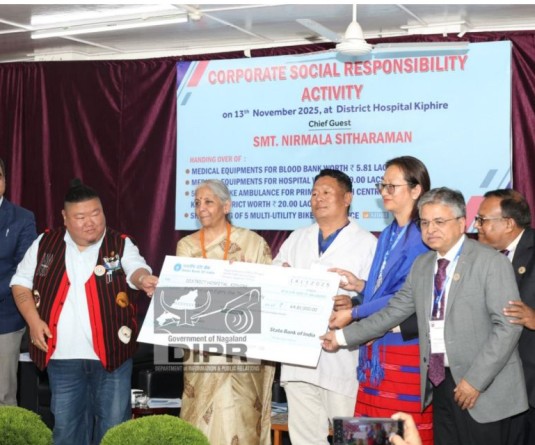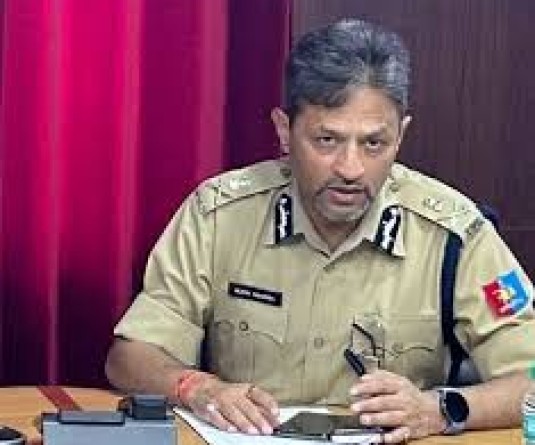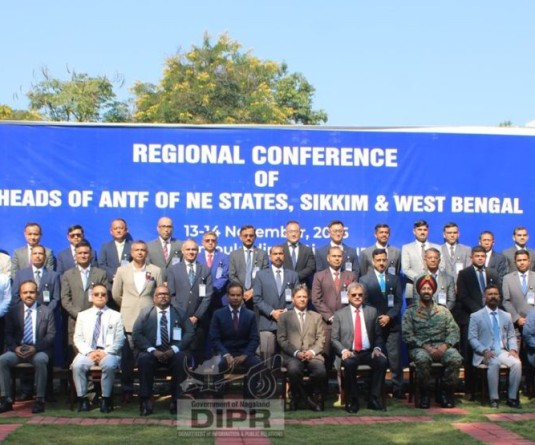
Our Correspondent
Kohima | March 21
The Nagaland State AIDS Control Society (NSACS) today organized sensitization and training programme on HIV & AIDS for media personnel here at its Conference Hall. The purpose of the training programme was to engage media persons as an effective partner with NSACS to educate the public to prevent the spread of HIV and AIDS in the state.
Mass participation of media persons have been sought for reducing stigma and discrimination. NSACS has recognized media platform as an important tool in disseminating information to the general population towards reducing new HIV infection as well as to bring down the prevalence rate.
Media persons have also been sensitized on the new programme initiative of 90:90:90 to help reach the global vision to end the AIDS epidemic by 2030. 90-90-90 is an ambitious treatment target to help end the AIDS epidemic. By 2020, 90% of all people living with HIV will know their HIV status. By 2020, 90% of all people with diagnosed HIV infection will receive sustained antiretroviral therapy. By 2020, 90% of all people receiving antiretroviral therapy will have viral suppression, according to UNAIDS.
HIV is spread through four main routes- by having unprotected sex, by receiving HIV infected blood or blood products, by using unsterilized needles/ syringes/lancets and from HIV infected mother to her baby.
One can get tested for HIV at public health facilities. The test is a simple blood test and the results are kept completely confidential. Public health facilities have Integrated Counseling and Testing Centres (ICTCs) that provide information and assistance on HIV and AIDS, testing for HIV and pre and post-test counseling in a friendly and confidential environment.
A brochure received here stated that everyone should get themselves tested for HIV as timely Antiretroviral Therapy (ART) and healthy lifestyles can help people with HIV and AIDS lead a normal life for many years.
Although ART is not a cure for HIV, it helps an HIV positive person with low CD4 count lead a normal life for many years by slowing down the spread of HIV in the body, keeping the HIV infection level in check and preventing development of opportunistic infections.
Earlier, Ainato Yeptho, assistant director Youth Affairs and incharge Mainstreaming highlighted the objective of the training. Dr. Vezokholu Theyo, deputy director, M&E & BSD, NSACS talked on HIV scenario and estimation.
Metevinuo Sakhrie, joint director (IEC), NSACS delivered welcome address while closing remarks was made by Thejangunuo Theunuo, deputy director IEC, NSACS.






